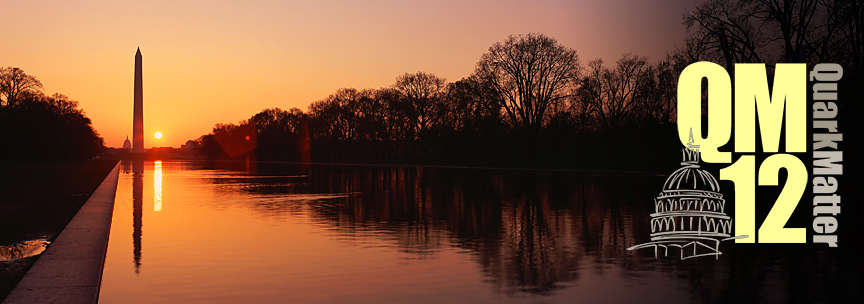Speaker
Prof.
Alexandru Jipa
(Faculty of Physics, University of Bucharest)
Description
Heavy-ion collisions at relativistic energies ofer an unique opportunity to probe highly excited dense nuclear matter with properties very diferent from that of a hadron gas or ordinary nuclear matter in the laboratory. An interesting phenomenon at the kinetic freeze-out stage of the system evolution is the collective transverse expansion as it is entirely generated during the collision and therefore reflect the collision dynamics. Experimental data collected at RHIC have shown that the system produced in Au-Au collisions is thermalized and undergoes a strong collective expansion, that could be characterized by the Hubble law. The measurable observables that can provide information about thermalization and collective flow are the transverse momentum spectra of produced particles. The expansion rate at “thermal freeze-out” provides the nuclear collision analogue of the Hubble constant for the Big Bang, while the corresponding freeze-out temperature parallels the temperature of the cosmic microwave background at the point of photon decoupling.
In this work we will make an estimate of a Hubble parameter for relativistic nuclear collisions similar to cosmological Hubble constant, based on temporal connections between the evolution of nuclear matter produced in a relativistic heavy ion collision and the Universe evolution after the Big Bang. We will present experimental data obtained in Au-Au collisions at RHIC energies and will compare with the same parameters obtained from simulated data at future CBM-FAIR energies.
We will investigate the freeze-out process in heavy ion collisions at CBM-FAIR energies and we will present a study of blast-wave fits performed to the transverse momentum spectra obtained from simulated heavy ion collisions using the most important simulation codes from this field. In addition, comparisons with results from Au-Au collisions at RHIC energies will be presented to provide more detailed insight into the properties of the space-time evolution such as collective dynamics of the dense matter. We will compare the freeze-out kinetic parameters obtained from experimental data at RHIC energies with the same parameters obtained from simulated data at future CBM-FAIR energies using the most important simulation codes from this field.
Author
Prof.
Alexandru Jipa
(Faculty of Physics, University of Bucharest)
Co-authors
Mr
Adrian Barzu
(Faculty of Physics, University of Bucharest)
Mr
Adrian Scurtu
(Faculty of Physics, University of Bucharest)
Prof.
Calin Besliu
(Faculty of Physics, University of Bucharest)
Dr
Catalin Ristea
(Faculty of Physics, University of Bucharest)
Dr
Marius Calin
(Faculty of Physics, University of Bucharest)
Dr
Oana Ristea
(Faculty of Physics, University of Bucharest)
Mr
Silviu Cioranu
(Faculty of Physics, University of Bucharest)
Dr
Tiberiu Esanu
(Faculty of Physics, University of Bucharest)
Mrs
Valerica Baban
(Faculty of Physics, University of Bucharest)
